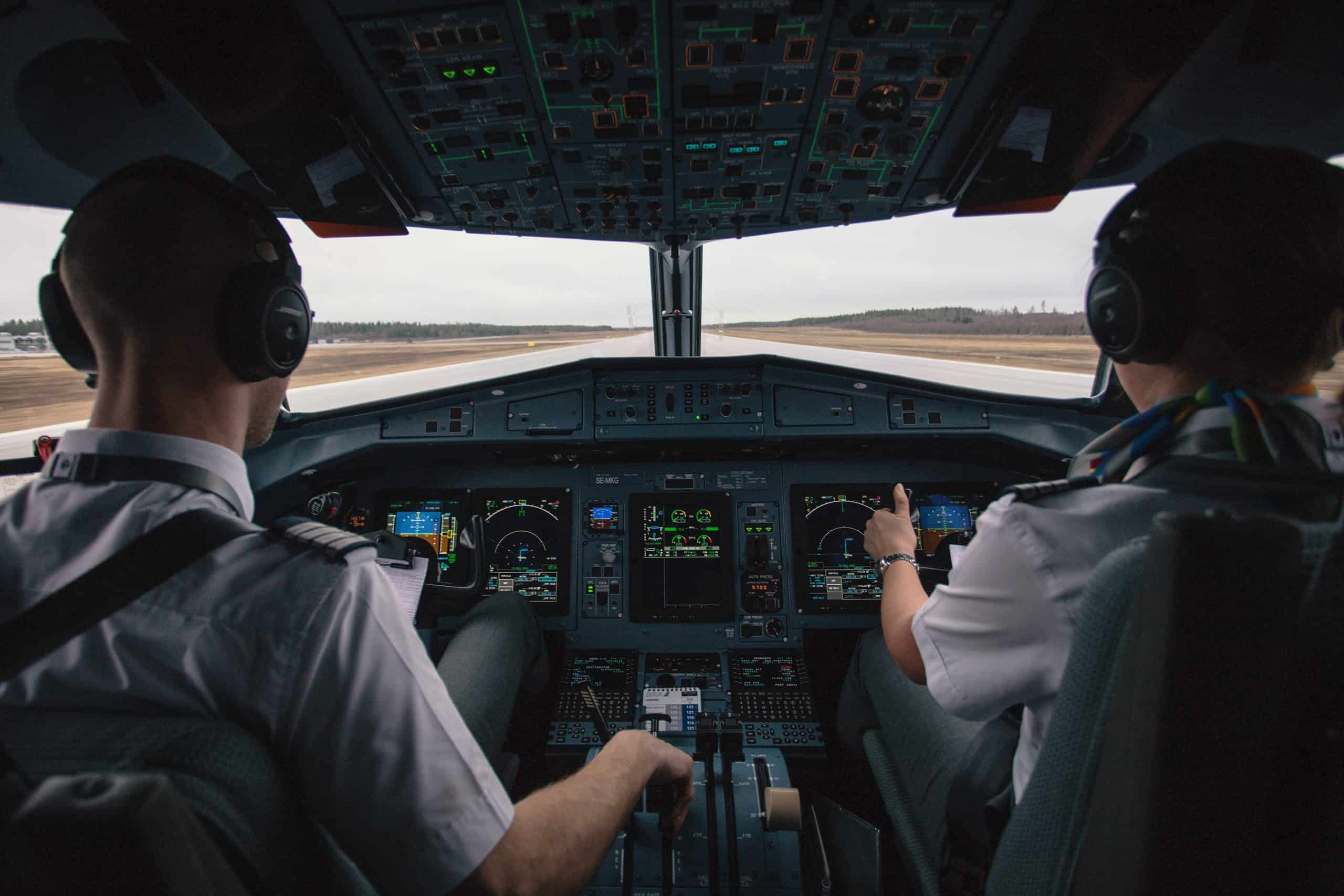How Avionics Display Manufacturers Are Making Flying Safer Than Ever
Explore how avionics display manufacturers like E3 Displays are improving safety, clarity, and compliance in aviation.

In modern aviation, technology plays a pivotal role in flight safety. Pilots and flight crews rely on real-time data from highly specialized avionics displays to make critical decisions. These displays aren’t just screens but are essential for communication, navigation, and control. As the aviation industry evolves, so do the standards and innovations around aircraft LCDs. A reliable manufacturer supports aerospace clients by delivering reliable, certified solutions built to meet the highest safety and performance benchmarks.
Evolution of Cockpit Displays
In the aviation sector, analog dials have been replaced by advanced glass cockpits. By merging several readouts into a single screen, these digital devices enable pilots to consume more information with less distraction and to react more quickly. Avionics display companies have developed displays with clear resolution, redundancy, and data integration, which enable quicker, more precise decision-making in high-pressure situations.
Seven Safety Features That Make a Difference
Today’s aerospace displays are equipped with specialized features:
- Wide viewing angles and anti-glare surfaces for readability under all conditions
- Redundant power and signal pathways for fault tolerance
- Built-in diagnostics to detect and alert system failures
- NVIS (Night Vision Imaging System) compatibility
- EMI shielding for electromagnetic interference protection
- High-temperature resistance for extreme conditions
- Compliance with vibration and impact standards
A reliable manufacturer incorporates these safety priorities into its aviation solutions, helping clients meet and exceed global compliance standards.
Certification Requirements
Compliance is not optional in aviation. Avionics touch screen systems must meet rigorous certifications, including DO-160 and DO-178C. These certifications evaluate everything from hardware resilience to software behavior under extreme conditions. Working with manufacturers ensures compliance with the FAA, EASA, and other aviation authorities.
Human Factors Engineering in Avionics
Safety isn’t just about durability—it’s also about usability. Human factors engineering plays a significant role in cockpit display design. Information must be organized clearly and delivered to minimize fatigue and confusion. A manufacturer collaborates with aerospace clients to develop user-centric interfaces that enhance situational awareness and reduce pilot workload.
Impact of Advanced Displays on Safety
Since adopting next-generation avionics displays, one commercial fleet reported improved response times and fewer in-flight errors during instrument-heavy flights. The integrated, high-contrast displays helped pilots maintain better visual access to navigation data, contributing to a measurable drop in incident reports.
The aviation industry demands more from display technology than almost any other sector. From cockpit integration to flight-critical data visualization, avionics display manufacturers must meet the highest safety, performance, and compliance standards. Manufacturers partner with aerospace leaders to provide custom-built aircraft LCDs that improve reliability, enhance usability, and support the future of safer flight.



